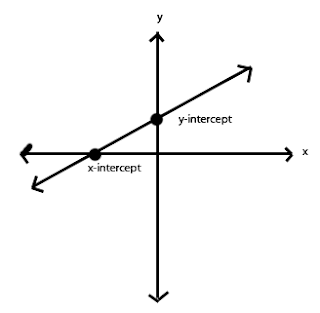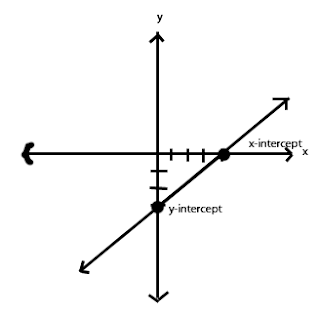OK, OK. Now this is the third way we can solve systems of equations. It’s exciting!!!
Remember how you can do ANYTHING you want (except divide by 0) to one side of an equation, as long as you do the same thing to the other side of the equation?
Well, we can use this trick to add two equations together.
Take, for example, the following system of equations:
3x – 4y = -2
2x + 4y = -3
If we take 3x – 4y = -2, we can add 2x + 4y to one side of the equation, and 3 to the other side because 2x + 4y and 3 are equal. So we’re actually adding the same thing to both sides!
We add straight down, combining like terms.
| 3x | -4y | = | -2 |
|
| +2x | +4y |
| +(-3) |
|
| 5x | +0 | = | -5 |
|
| 5x |
| = | -5 | Woah, check it out! One of our variables is gone! Now we can solve for x! |
| x |
| = | -1 |
|
Cool. Now to find y, we just substititute -1 for x in one of the equations.
| 3(-1) | -4y | = | -2 | Simplify |
| -3 | -4y | = | -2 |
|
| +3 |
|
| +3 | Subtract 3 to get the y’s alone |
|
| -4y | = | 1 | And divide by -4 to get the y by itself |
|
| -4 |
| -4 |
|
|
| y | = | -1 4 | Hooray! We’re done! |
So our solution is (-1, -1/4)
We can either add or subtract our two equations, depending upon what will cancel out one of the variables.
MULTIPLYING TO ELIMINATE
Now, let’s look at an example where it’s a little bit harder to solve by elimination.
3x + 5y = 7
4x + 10y = 16
Oh great, there are no coefficients that are the same! How will we ever cancel things out!?!
Luckily, we can use that same super-useful math fact, that we can do whatever we want to an equation as long as we do it to both sides.
Watch what happens if we multiply the first equation by -2…
-2(3x + 5y) = -2(7)
-6x – 10y = -14
Now the coefficients of y will cancel! We replace the first equation with the multiplied by -2 equation we just made and solve by elimination!
| -6x | -10y | = | -14 | Add down |
| +4x | +10y | = | +16 | Combine like terms |
| -2x | +0 | = | 2 |
|
| -2x |
| = | 2 | Hooray! Only one variable! Let’s solve! |
| x |
| = | -1 |
|
Now we substitute that x = -1 back into one of our original equations, and we get:
| 3(-1) | + 5y | = | 7 | Simplify |
| -3 | + 5y | = | 7 |
|
| +3 |
|
| +3 | Solve for y by getting the y’s alone |
|
| 5y | = | 10 | Then dividing by 5 to get y by itself |
|
| 5 |
| 5 |
|
|
| y | = | 2 | Hooray! Now we know x and y! |
So our solution is (-1, 2)





